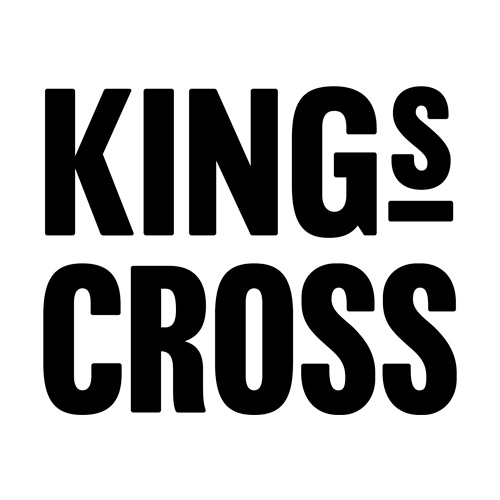King’s Cross is one of the largest and most successful redevelopments in London.
Over the past 20 years, what was an underused industrial site has been transformed and rejuvenated with new streets, squares and parks, homes, shops, offices, galleries, bars, restaurants, schools, and even a university.
The location, the connections, the canal-side setting, the heritage, an exciting cultural scene, a thriving business community, and a strong sense of local community. All these things come together at King’s Cross to make it unique and really quite special. But this wasn’t always the case.
From rural idyll to industrial heartland
This strategic location has gone through many transformations over the years – from rural idyll to industrial heartland.
With the completion of Regent’s Canal in 1820, King’s Cross was linked to the industrial cities in the north, bringing both goods and industry to the area.
It was the coming of the railways in the mid-1800s however, that transformed King’s Cross into an important industrial and transport hub. Coal, grain, potatoes and other commodities arrived here from the north of England to be transferred on.
An area in decline
Post World War II, the area went into decline and by the late 20th Century, the “railway lands” had become a symbol of blight and decay, with derelict and disused buildings, railway sidings, warehouses and contaminated land. It was also the stomping ground of many a 90s clubber.
King’s Cross was known for its nightlife and was something of a hub for artists and creative organisations. But problems of crime, unemployment and a poor quality environment undermined the area.
The arrival of the 21st Century saw some significant changes that kick-started the next chapter in the history of King’s Cross.

